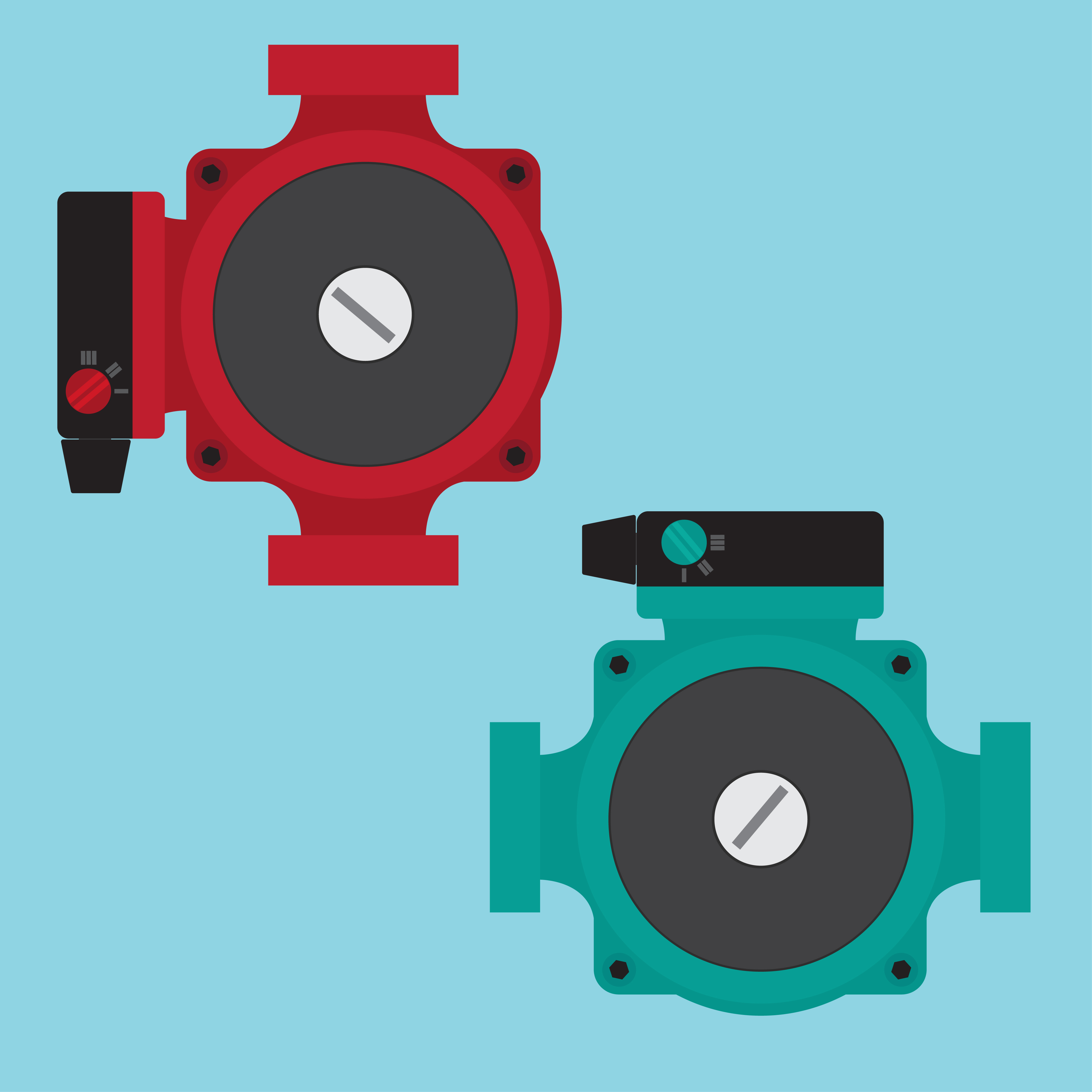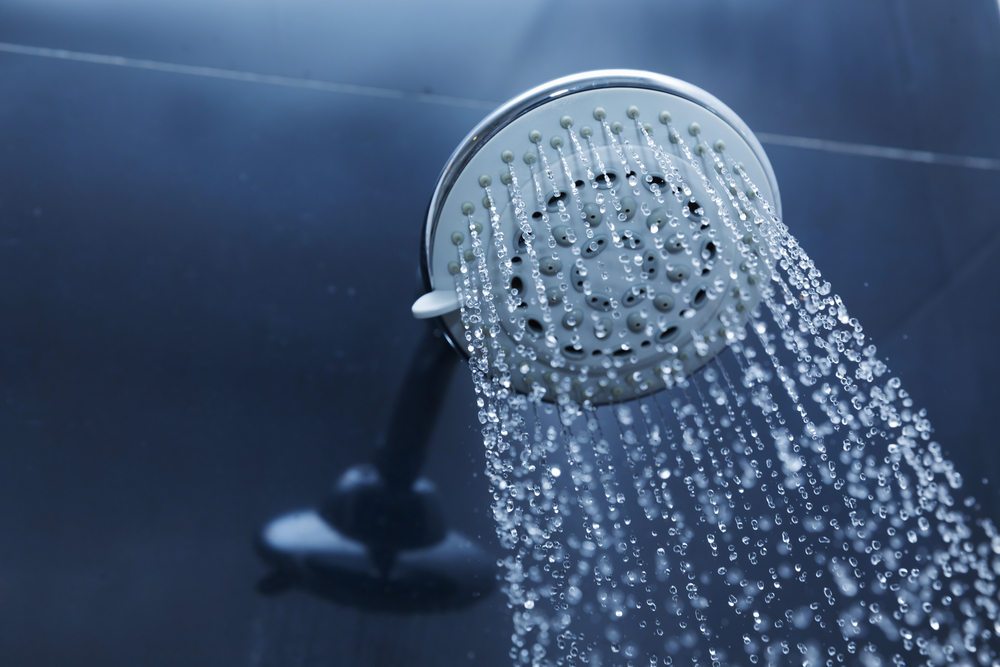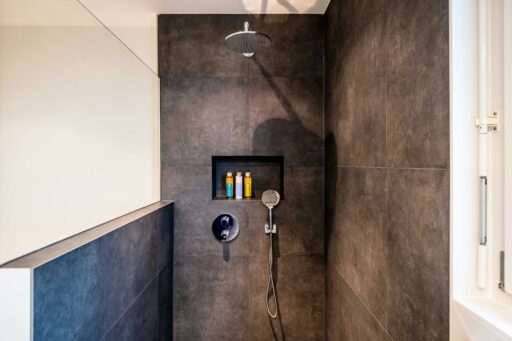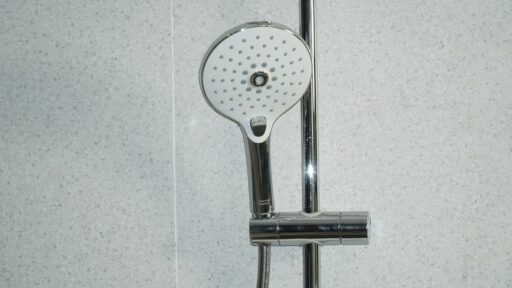Bleeding a shower pump is an essential maintenance task that ensures your shower system operates at peak efficiency. This guide will walk you through the process step-by-step, helping you tackle this task with confidence.
Understanding the Need for Bleeding
Before we dive into the process, it’s important to understand why bleeding a shower pump is necessary. Air can become trapped in the pump system, leading to:
- Reduced water pressure
- Noisy operation
- Potential damage to the pump
Regular bleeding helps prevent these issues and extends the life of your shower pump.
Tools and Materials Required
To bleed your shower pump, you’ll need:
- Adjustable spanner or pliers
- Towels or a bucket
- Flathead screwdriver (for some pump models)
- Your pump’s user manual (if available)
Safety First
Before you begin, take these crucial safety precautions:
- Switch off the power supply to the pump at the mains.
- Turn off the water supply to prevent any unexpected flow.
Step-by-Step Guide to Bleeding Your Shower Pump
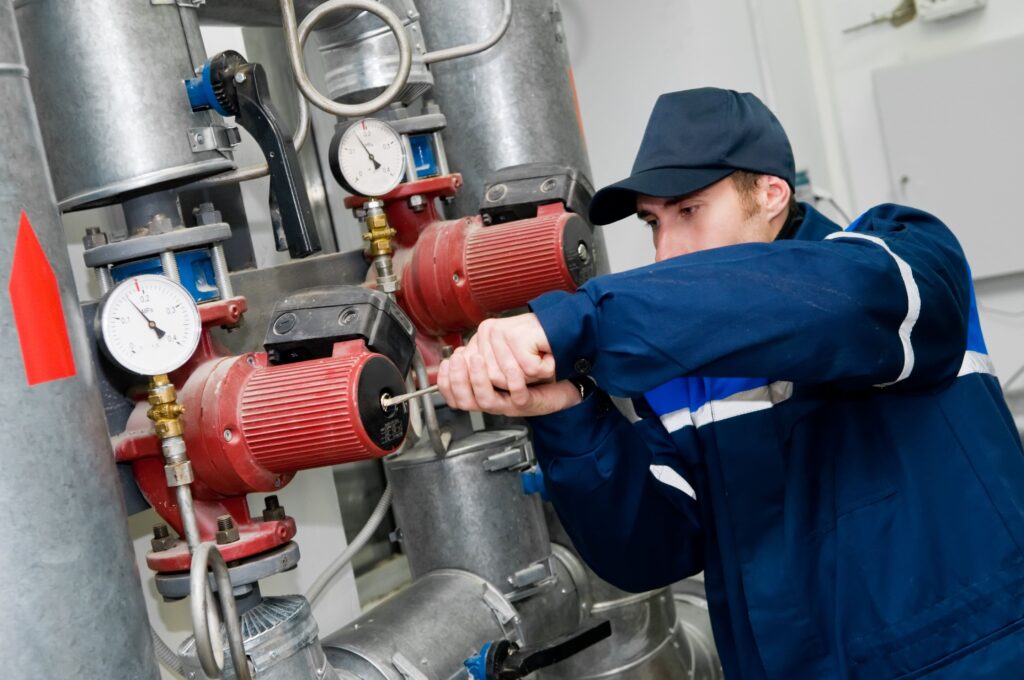
1. Locate the Pump
Typically, you’ll find the shower pump near the hot water cylinder or in the airing cupboard.
2. Access the Pump
Remove any panels or covers that may be obstructing access to the pump. You might need a screwdriver for this step.
3. Identify the Bleed Screws
Look for the bleed screws on the pump. These are usually located on the top or sides of the pump housing. Consult your user manual if you’re having trouble locating them.
4. Prepare for Water Spillage
Place towels or a bucket beneath the pump to catch any water that may escape during the bleeding process.
5. Open the Bleed Screws
Using your adjustable spanner or pliers, carefully loosen the bleed screws. You should hear a hissing sound as trapped air escapes. Allow the air to bleed out until you see a steady stream of water flowing from the bleed screws.
6. Tighten the Bleed Screws
Once you’ve released all the air and water is flowing steadily, tighten the bleed screws securely to prevent any leaks.
7. Check for Leaks
Inspect the pump and surrounding area for any signs of leakage. If you spot any, tighten the connections as needed.
8. Restore Power and Water Supply
Turn the power and water supply back on. Test your shower to ensure the pump is operating smoothly and quietly.
Maintenance Tips
- Regularly inspect your shower pump for signs of airlocks or reduced performance.
- Consider bleeding your pump every few months as part of routine maintenance.
- If you hear unusual noises or notice a decrease in water pressure, it may be time to bleed the pump.
When to Seek Professional Help
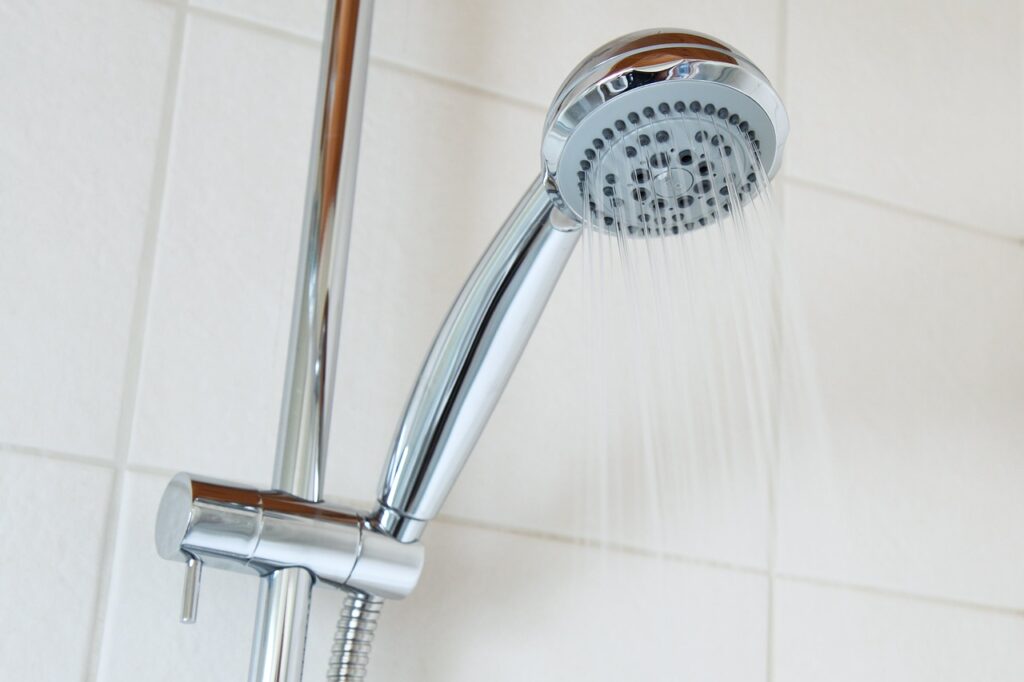
While bleeding a shower pump is a task many homeowners can handle, there are instances where professional assistance may be necessary:
- If you’re uncomfortable working with plumbing or electrical systems
- If bleeding the pump doesn’t resolve the issue
- If you notice any damage to the pump or surrounding pipes
In these cases, it’s best to contact a qualified plumber who can diagnose and address the problem safely and effectively.
By following this guide, you should be able to successfully bleed your shower pump, ensuring it operates at its best. Regular maintenance, including bleeding when necessary, will help keep your shower system running smoothly for years to come.
Remember, if at any point you feel unsure about the process, it’s always better to err on the side of caution and seek professional assistance
By following this guide, you should be able to successfully bleed your shower pump, ensuring it operates at its best and prolongs its lifespan. Remember, if at any point you feel uncomfortable with the process, it’s always wise to seek the help of a professional.
Common Questions
There’s no set schedule, but it’s a good idea to check your pump annually or whenever you notice a decrease in performance.
Air can become trapped in the pump system, reducing its efficiency and potentially causing damage if left unaddressed.
It’s not recommended. Turning off the water supply prevents unexpected water flow and makes the process safer and cleaner.
If you’ve bled the pump correctly and are still experiencing issues, there may be a more serious problem. In this case, it’s best to consult a professional plumber.

